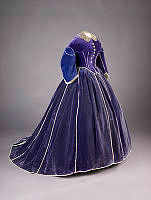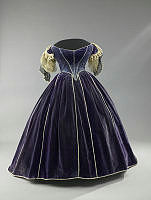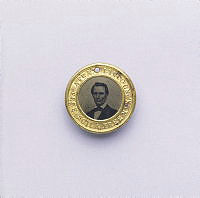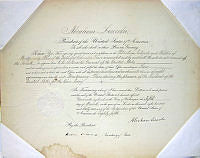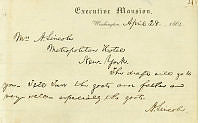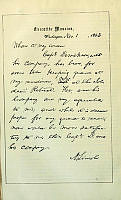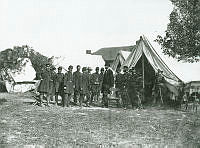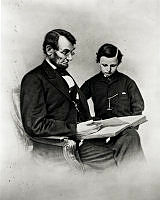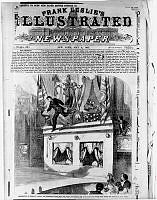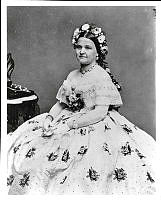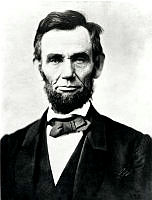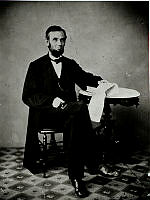The National Game, Three "Outs" and One "Run," Abraham Winning the Ball
This satirical cartoon was submitted for copyright shortly before the presidential election of 1860. The cartoon depicts the political contest as a baseball game. Abraham Lincoln stands at home base on the right side of the image, advising his opponents, from left to right: former Senator John Bell, Senator Stephen A. Douglas, and John C. Breckinridge, who was then Vice President of the United States under President James Buchanan. The text on the men's bats and belts provides clues about their political platforms. Instead of a baseball bat, Lincoln holds a wooden rail labeled "Equal Rights and Free Territory." A skunk stands near the other candidates, signifying that they have been "skunk'd," or overwhelmingly defeated.
